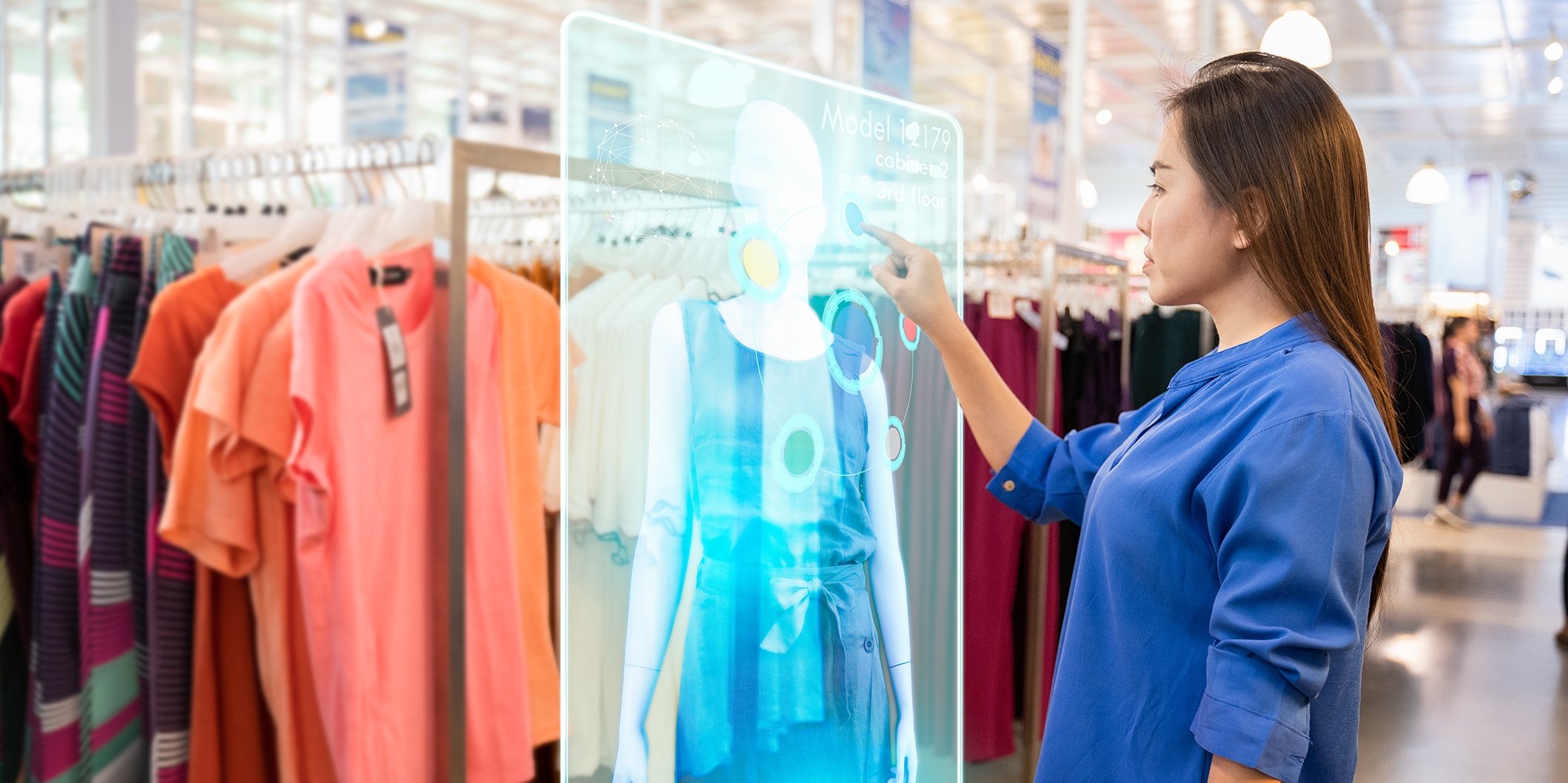The need for innovative retail tech in a post-COVID world

In recent years we’ve seen the retail landscape tentatively experiment with using technology in store to assist the omnichannel experience, some with more success than others.
And whilst touchscreen interaction has been a big part of our lives for decades, it’s only recently that there’s been a clear effort on the part of retailers to use touchscreens to enhance the omnichannel experience. More to the point, it’s not transformed high street shopping in the way that the industry might have hoped.
Probably the application of touchscreens pre-Covid to enjoy most success was in the food service sector, but these developments were often surrounded by “germ gate” scandals questioning the hygienic integrity of the screens.
Outside fast food, other retail sectors dreamed of seamless ordering, product searching and datacapture in store, all self-served at consumer screens – but found low interaction rates. Whether for reasons of familiarity or awareness, touching a screen outside the home was simply not a behaviour that consumers seemed ready to adopt, even if it did promise to make shopping easier.
As retail cautiously opens its doors again, we can expect to see a heightened sensitivity to germs and infection having an impact on the way we shop – with 54% of UK shoppers saying they’re refraining from touching objects in public. On this basis, it wouldn’t be surprising to see the use of legacy touchscreens in store to suffer even more.
But we think this marks a turning point for technology in retail. Social distancing will doubtless have an impact on the way that we feel comfortable interacting with staff in the store environment (and them with shoppers). So perhaps now is the moment for retail to embrace the innovations that have been waiting in the wings; technology that serves those useful tasks in a “virus-conscious” way. Such as:
- AR and virtual mirrors or our own devices – to replace changing rooms in fashion, like Lacoste’s shoe trial and Charlotte Tilbury’s magic mirror
- Voice control and AI – to search product inventories or interact with customer service via a chatbot
- “Super contactless” payment systems, like the check-out free stores trialled by Amazon and M&S
These are by no means new technologies, but so far efforts to integrate them into retail have felt forced and stunt-like (and often been abandoned). Perhaps the necessities of a new retail future will hasten their adoption by brands and shoppers alike.
Written by Katy Brown, Associate Planning Director